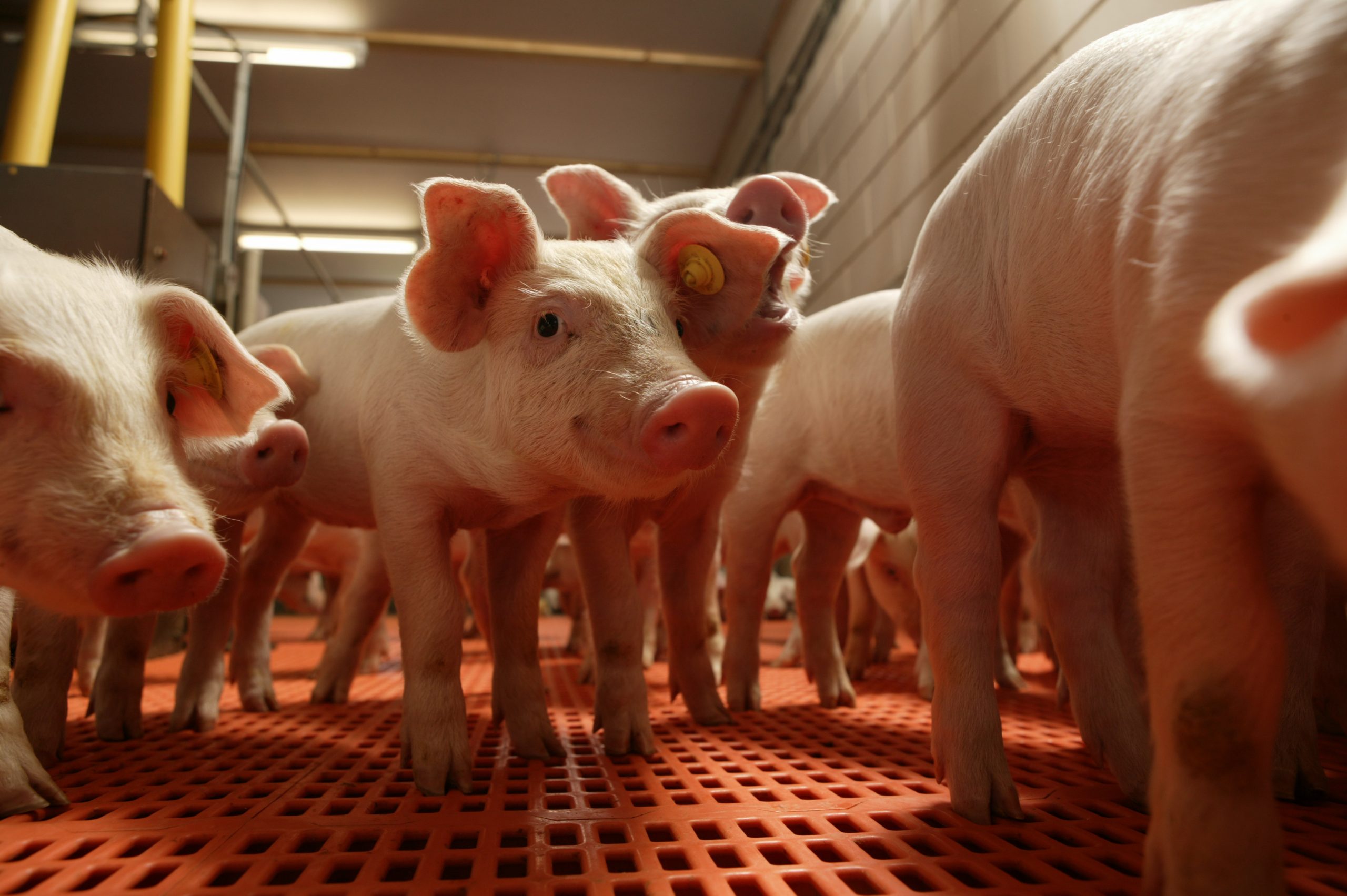Ensuring piglet performance with a sustainable protein source

The supply of highly digestible proteins to newly weaned piglets is a key factor in effective management of the stress period, which follows weaning. A poor feed transition from liquids to solids can lead to reduced feed intake and diarrhoea and cause substantial economic losses.
Various strategies have been developed to give piglets a good start and control the many metabolic disorders related to weaning. One of these strategies is the use of proteins derived from blood plasma. However, there are several constraints associated with this practice and markets are moving towards alternative protein sources, such as yeast proteins, which enable the use of animal protein sources to be reduced or avoided altogether.
A field trial was carried out on pig farm to compare the effect of the functional protein source, Nutrisaf, to that of SDPP (Spray Dried Porcine Plasma) on the health status and zootechnical performance of piglets during a 42-day period commencing from weaning, in order to meet this market demand.
Experimental design and protocol
In farm conditions, 120 weaned piglets (Topigs Line 20), 22 days old, initial mean live weight 6.42 kg, were split into 2 treatment groups housed in one post-weaning room. Each group had 4 pens with 15 piglets in each. These groups were as follows:
- SDPP group: piglets were fed a basal diet with 20% premix containing 2.5% spray-dried porcine plasma. On day 14, the plasma was withdrawn and they were fed the same basal diet without plasma until the end of the trial.
- Nutrisaf group: piglets were fed the same basal diet as the SDPP group, with 20% premix containing 2.5% Nutrisaf. On day 14, the product was withdrawn and they were fed the same basal diet as the SDPP group, without plasma or the product, until the end of the trial. Feed intake and growth were recorded at d14, d42 and Feed Conversion Ratio (FCR) was calculated for each treatment group.
Positive zootechnical and economical results
Final body weight of the piglets after 42 days was not affected by either diet: 25.71 kg for the SDPP group compared to 25.17 kg for the Nutrisaf group. However, FCR in the Nutrisaf group was reduced by 0.03.point (Figure 1).
Both groups had a similar Average Daily Gain (ADG) during the first 14 days of the trial: 275g in the SDPP group compared to 274g in the Nutrisaf group. However, the group fed the additive performs better with an improvement of the FCR to 0.04 point (Figure 2).
During the trial, special attention was paid to the small piglets, the latter being the most fragile and the least well equipped to withstand the stress of weaning. The smallest piglets (< 6kg at weaning) perform better in the Nutrisaf group than the SDPP group (Figure 3). These results are obtained thanks to the high digestibility of the proteins present in the product incorporated in the feed during 14 days after weaning.
A sustainable source of proteins
In conclusion, the product is a valuable alternative to SDPP, improving feed efficiency and maintaining growth. During the first 14 days of this trial, growth was the same for both treatments, with FCR being 3% better for the Nutrisaf group, and these results continued throughout the trial. The product therefore had a positive effect on the smallest piglets. Its use also had a positive effect on economic performance and resulted in a ROI of 1.71:1 due to the reduced FCR and lower feed costs, compared to a ROI of 1.67:1 with SDPP.











